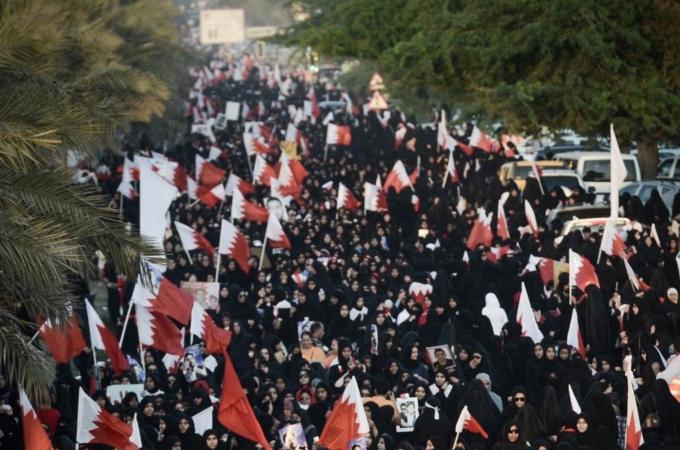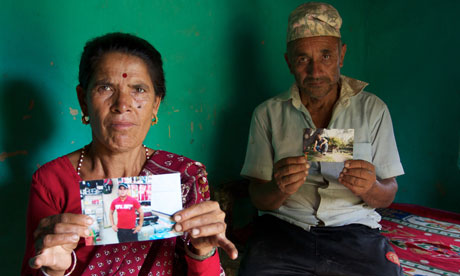By Kathryn Maureen Ryan
Impunity Watch, Middle East
MANAMA, Bahrain – A Bahrain Court sentenced 50 people to between 5 and 15 years in prison on Sunday whom authorities accused of organizing an ant-government protest organization seeking to overthrow the government.

Sixteen of the accused were sentenced to 15 years in prison, four were sentenced to 10 years and the remaining 30 defendants were giving a five year sentence. Some of the accused protesters were convicted in absentia.
Several of the defendants were involved with the 14 February Coalition, a youth based organization in Bahrain. The 14 February Coalition has been involved in influencing and expanding the Shia-led campaign for more rights in Bahrain which began in 2011 as part of the Arab Spring. Many of the organizations protest have been organizes in majority Shia villages and neighbourhoods The Bahrain regime accuses the youth movement of terrorism.
Yousif al-Muhafda, an activist and member of the Bahrain Centre for Human Rights said that some of the defendants convicted by the court had told the judge preceding over the case that they had had confessed to the charges only after being tortured by authorities. He said that many of those convicted were activists involved with the 14 February movement, which has been organising protests against the Gulf State’s undemocratic and discriminatory policies against Shia Muslims since 2011. He also said the detainees included Naji Fateel, prominent a human rights activist who was sentenced to 15 years.
Muhafda argued that the government’s allegations that Fateel and other activist were engaged in an active conspiracy to attempt to overthrow the Bahraini ruling family was implausible and that all of the activities of these human rights groups were open to the public’ he said “They don’t do anything in secret — they work publicly.”
Al Wefaq, the state’s major Shia opposition party, said Sunday was a “black day for justice” for Bahrain. Al Wefaq’s acting President Maryam Al-Khawaja said the court ruling was “a sham trial with a political verdict,” and called for the defendant’s to be released immediately,”
The court’s action, if confirmed, would appear to be part of a widening state effort to silence protests organized by members of Bahrain’s Shiite majority against the state’s Sunni monarchy, which has been accused of discriminating against the Shite majority.
The Gulf State has seen almost daily protests by members of the Shia Muslim majority since February 2011, when state authority’s brutally cracked down on a Shia-led uprising calling for the Bahraini royal family, the Sunni Al-Khalifa dynasty to give up its power over the state.
For more information please see:
ABC News – Activist: Bahrain Sentences 50 for Militant Links – 29 September 2013
Al Jazeera – Scores of activists imprisoned in Bahrain – 29 September 2013
The New York Times – Bahrain Dissidents Said to Get Prison Sentences – 29 September 2013
BBC News – Bahrain unrest: 50 Shia Muslims sentenced to up to 15 years – 30 September 2013



